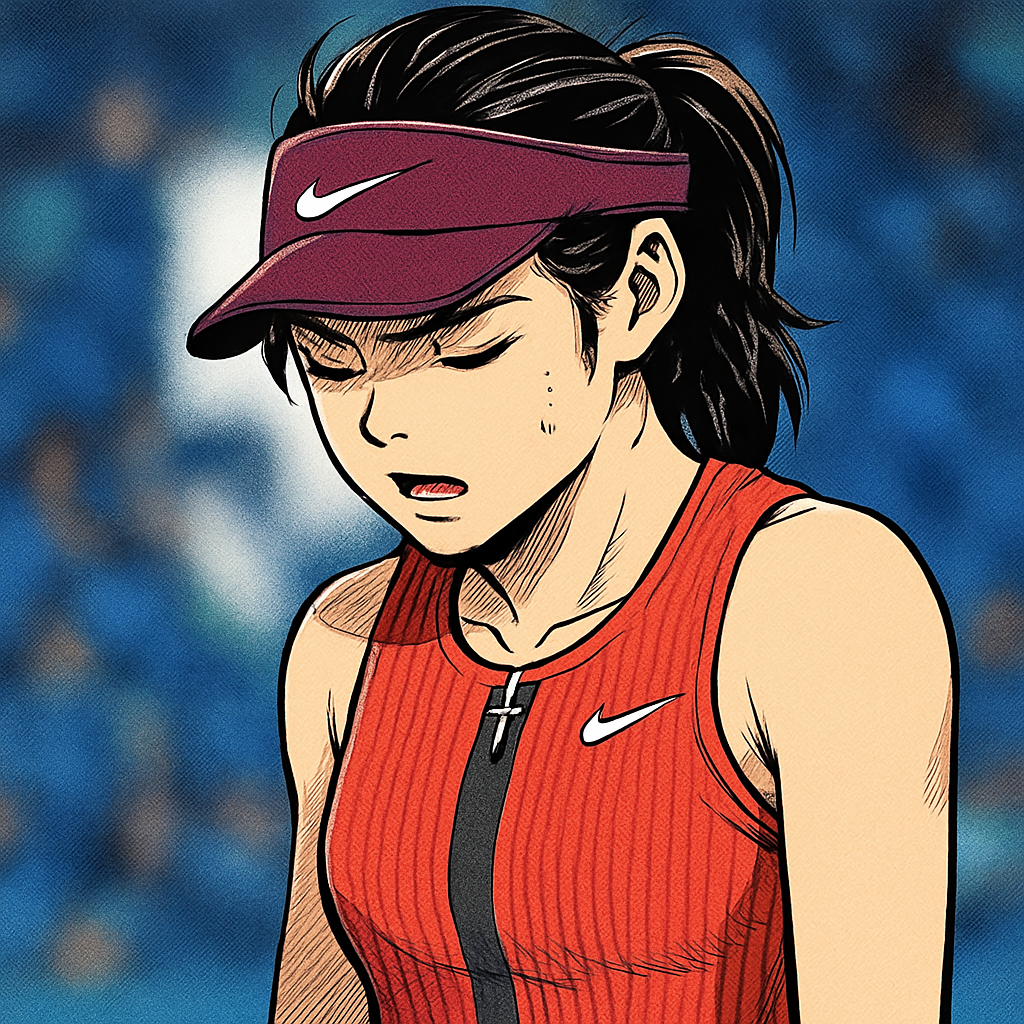LONDON — The 2024 tennis season has come to an abrupt and premature end for Emma Raducanu, a decision that underscores the profound physical and ranking challenges facing the 2021 US Open champion. The 21-year-old Briton has opted to skip the upcoming Australian Open qualifying tournament, effectively concluding her year to focus on an intensive off-season training block.
A Strategic Withdrawal for Long-Term Gain
Raducanu’s decision, while surprising to some, is a calculated move. After a season punctuated by a series of comebacks from multiple surgeries on both wrists and one ankle, her body has signalled the need for a prolonged period of rest and strength-building. In a statement, her team confirmed the rationale, emphasizing that "Emma’s body needs a proper off-season to get fully robust and ready for the physical demands of the WTA Tour."
This strategic withdrawal is not merely about recovery; it's about reinvention. The goal is to build a physical foundation resilient enough to withstand the gruelling schedule of a full professional season. As one insider noted, "The priority is three months of uninterrupted, focused training without the pressure of competition."
The Unflinching Reality of the World Rankings
The decision to skip the Australian Open, however, comes with a significant and immediate cost. The world rankings paint a stark picture of Raducanu's current standing. As of late November, she sits at World No. 289. This is a precarious position for a player of her pedigree, far removed from the automatic entry into main draws that she once enjoyed. Her absence from the first Grand Slam of 2024 means she will lose the 70 ranking points she earned from the second round of the 2023 Australian Open.
This points drop will see her ranking plummet further, likely placing her outside the world's top 300. The implications are severe. Without a protected ranking (a mechanism she did not apply for), her pathway back to the top tier of the sport becomes significantly more arduous. She will be forced to rely on wild cards or navigate the notoriously difficult qualifying circuits for WTA events and Grand Slams.
The Ranking Conundrum in Black and White
The numbers tell a clear story of the challenge ahead. To contextualize her current standing, consider the following comparisons with other prominent players and the landscape she must now conquer:
- Current Ranking: World No. 289 (as of November 2024).
- Projected Drop: Expected to fall outside the top 300 after Australian Open points fall off.
- For Context: Naomi Osaka, also on a comeback trail, is ranked World No. 127.
- Grand Slam Access: Top 100 players gain automatic entry into main draws.
- Wild Card Reliance: Without a high ranking, entry depends on tournament invitations.
Reflecting on a Season of Stop and Start
The 2024 season was never going to be easy for Raducanu, but it showed flashes of the brilliance that captivated the world in New York three years ago. She recorded notable victories over players such as Mayar Sherif and Marie Bouzková. Perhaps her most impressive performance came at Indian Wells, where she pushed World No. 2 Aryna Sabalenka to three sets, demonstrating that her elite level of tennis was still accessible, if not yet consistent.
However, these highs were invariably followed by setbacks. A recurring back issue flared up, forcing her to retire from matches in Nottingham and Seoul. This physical fragility has been the defining narrative of her post-US Open career, preventing any sustained momentum. Each time she seemed to build a head of steam, her body intervened, halting progress and resetting the recovery clock.
The Crossroads: A Make-or-Break Off-Season
This extended off-season represents the most critical period of Raducanu's young career since her historic Flushing Meadows triumph. The mission is clear and twofold: to achieve full physical health and to rediscover the rhythm of competitive play in a controlled environment. Her team's statement was unequivocal about the objectives for this period, highlighting the need "to consolidate the gains she made this year physically."
Tennis analysts are watching closely. Many believe this is a wise, if painful, short-term sacrifice. "Rankings can be rebuilt, but a broken body cannot compete," remarked one former pro-turned-commentator. "She is investing in her long-term future by sacrificing the start of 2025. It's a brave call."
The alternative—continuing to play while not fully fit—risks a deeper spiral. A series of early-round losses on the demanding WTA tour, or worse yet in the lower-tier ITF circuit, could be as damaging to confidence as it is to the ranking. By taking control of the narrative, Raducanu is betting on herself to return in the spring of 2025 not just healthy, but hardened and ready to climb.
The Road Ahead: Patience and Perseverance
For British tennis fans and the wider sporting world, the Raducanu story remains one of fascinating potential. The fairytale of 2021 proved what is possible, but the subsequent years have been a harsh lesson in the realities of professional sport. The patience required now is immense, both from the player herself and from those watching her journey.
The path back will not be linear. When she does return, likely on the clay court season, expectations must be managed. Results may be slow to come as she shakes off competitive rust. The key metric for success in the first few months will not be titles or even deep runs, but consistent, pain-free performances. As her team has signaled, the focus is squarely on the long game.
In ending her season early, Emma Raducanu has drawn a line in the sand. She has acknowledged the clear picture painted by the world rankings and the even clearer one painted by her own physical limitations. The brink she now stands on is not one of oblivion, but of reinvention. The coming months in the gym and on the practice court will determine whether this strategic retreat becomes the foundation for her second act in tennis.

